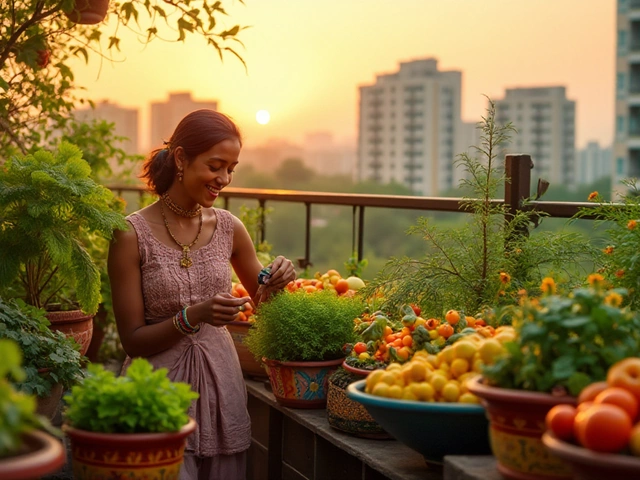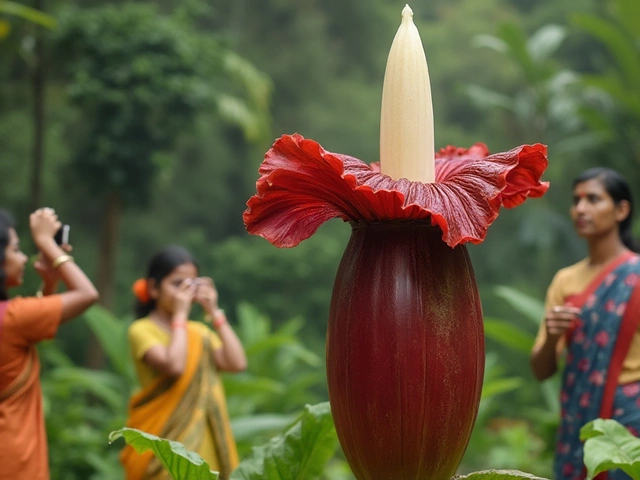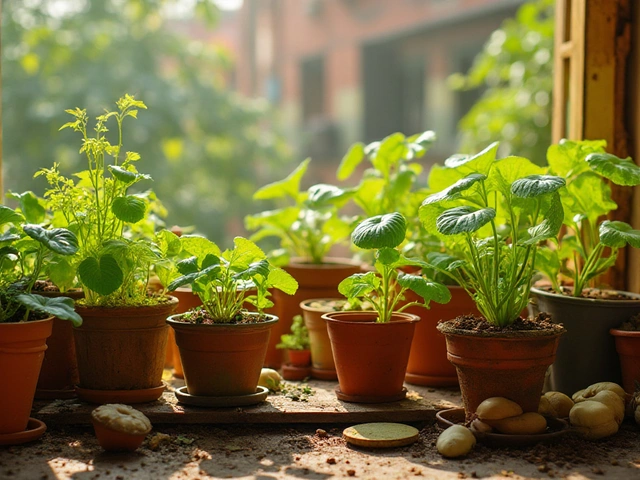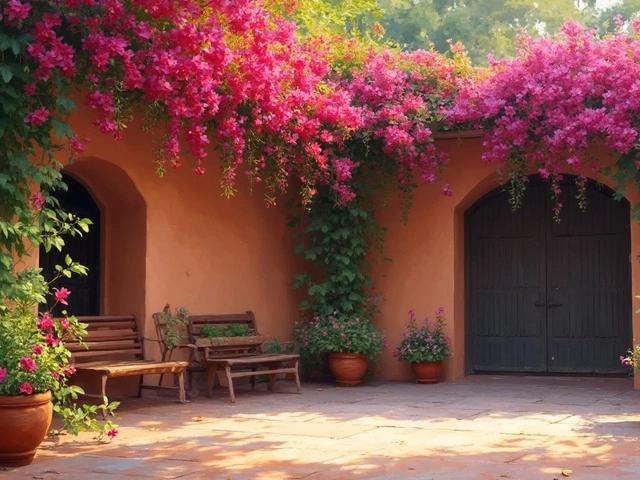Spiritual Flowers in India – Meaning, Care & Lucky Choices
India’s gardens are full of blossoms that aren’t just pretty – they carry prayers, traditions, and good‑fortune vibes. If you want a garden that looks good and feels uplifting, start with the right spiritual flowers. In this guide we’ll break down the most beloved sacred blooms, what they stand for, and how to grow them so they thrive year after year.
Top Spiritual Flowers and Their Meanings
Marigold (Tagra) is probably the first flower you see at Indian festivals. Its bright orange and yellow petals are linked to the sun, prosperity, and the removal of negative energy. Offer marigolds at home altars or use them in rangoli designs to invite happiness.
Lotus (Kamal) floats on water but roots deep in mud, making it a perfect symbol of purity and spiritual growth. In Hindu and Buddhist rites, lotus flowers represent the soul’s journey toward enlightenment. Growing a lotus pond can become a meditation spot – just keep the water shallow and sunny.
Jasmine (Mogra) gives a sweet fragrance that’s often used in puja and wedding ceremonies. Jasmine stands for love, elegance, and divine connection. Plant jasmine near a doorway; the scent will welcome guests and keep insects away.
Rose (Gulab) may not be traditionally “holy,” but red roses are offered to deities for love and devotion. White roses symbolize purity and are used in memorial services. A rose garden can double as a place for quiet prayer.
Hibiscus (Jaswand) is the favorite flower of Goddess Durga. Its bold red petals are believed to bring strength and protection. Grow hibiscus in sunny spots and use fresh blooms in evening prayers for a powerful visual impact.
Growing and Using Spiritual Flowers in Your Garden
Start with soil that matches each plant’s needs. Marigolds love well‑drained loam, while lotus needs a water‑filled pit or large container. Jasmine prefers slightly acidic soil and plenty of sunlight, whereas roses thrive in rich, compost‑rich beds with good air flow.
Timing matters. Most spiritual flowers bloom between October and March, aligning with major festivals like Diwali and Navratri. Plant seedlings in the monsoon season (June‑July) so they get natural moisture and establish strong roots before winter.
Water wisely. Use drip irrigation for roses and jasmine to keep foliage dry and prevent fungal disease. For lotus, maintain a constant water level of at least 12‑18 inches. Mulching around marigolds and hibiscus helps retain moisture and reduces weeds.
Integrate the flowers into daily rituals. Keep a small vase of fresh jasmine on your prayer table for aroma. Sprinkle marigold petals around the entrance during celebrations to ward off negativity. Harvest lotus buds early in the morning for temple offerings.
Finally, protect your spiritual garden from pests without breaking the sacred vibe. Spray neem oil on rose leaves, use coffee grounds sparingly (avoid plants that hate them), and encourage ladybugs by planting companion herbs like basil.
With the right choices and simple care, your garden can become a living altar. The colors, scents, and stories behind each flower will not only beautify your space but also keep positive energy flowing all year long.
Lotus Flower: Why It's the Most Iconic Flower of India
Uncover why the lotus holds the crown as India's number one flower. From history to gardening tips, let's see what makes this bloom so special.
About
Flower Gardening
Latest Posts


Exploring India's Notorious Stinky Flower: The Titan Arum
By Alden Thorne Jan 26, 2025

Planting Vegetables: Choosing Between Pots and Ground for Optimal Growth
By Alden Thorne Dec 5, 2024

Permaculture Gardening: What It Means and How to Get Started
By Alden Thorne May 7, 2025
